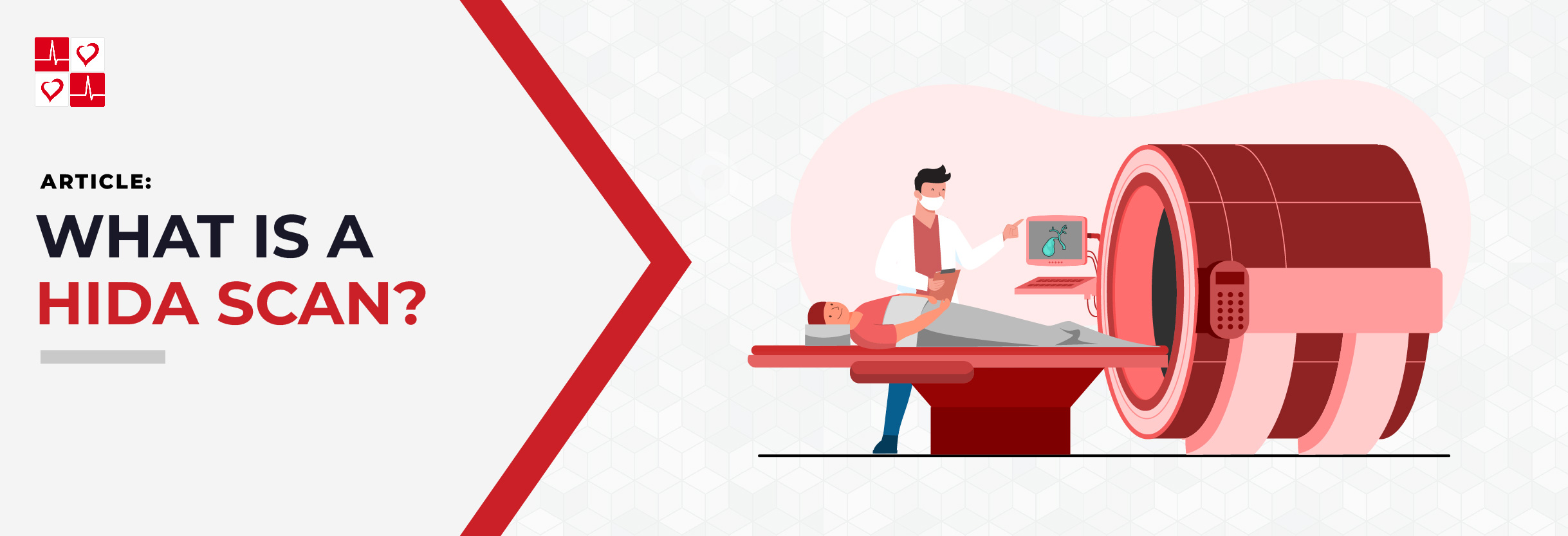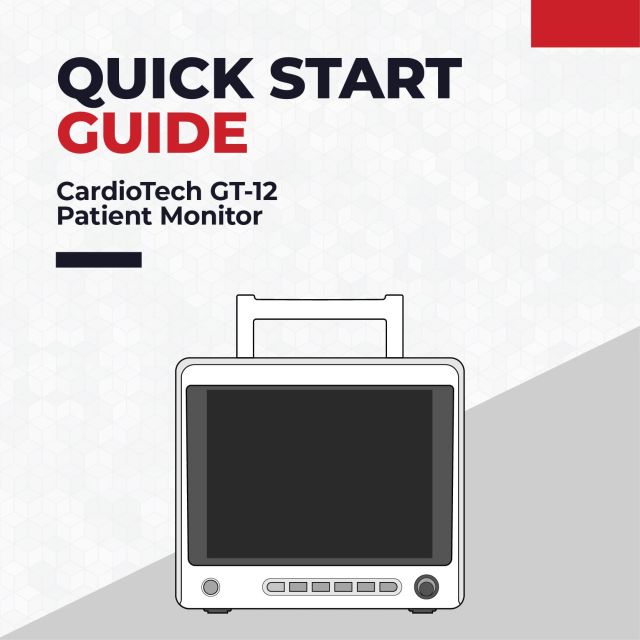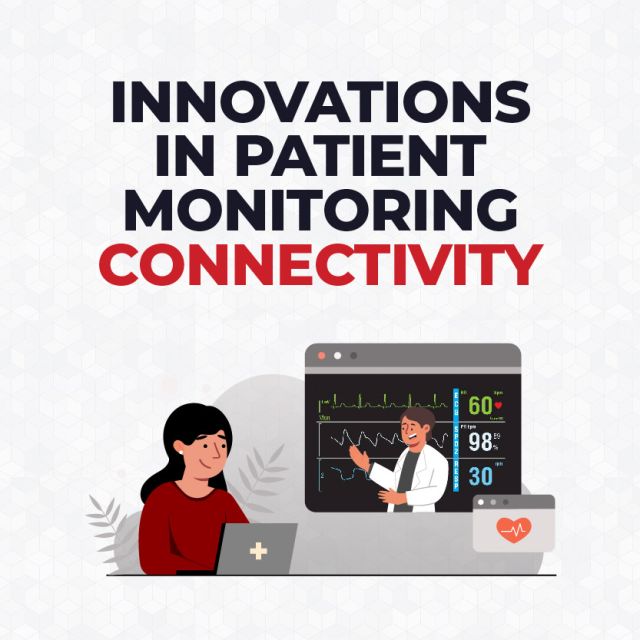What is a HIDA Scan?

Overview of a HIDA Scan
A HIDA scan, or hepatobiliary imilodiacetic acid scan, is a safe and non-invasive imaging test used to check how the gallbladder is working. The gallbladder is a small organ under your liver that stores bile, which is a fluid that helps your body digests fats. Typically, the most common problem with the gallbladder is that it may not store or empty bile properly.
How Does a HIDA Scan Work?
The first step of a HIDA Scan is to inject radioactive tracer into the patient’s arm. The tracer will travel through the liver, gallbladder and small intestines. A gamma camera will then detect the radiation over 1-4 hours to create detailed pictures.

When Would I Need a HIDA Scan?
Primarily, HIDA Scans are most often done to evaluate gallbladder health and function. HIDA scans may also help identify:
- Gallbladder Function: determine if the gallbladder is contracting properly and releasing bile
- Bile Duct Obstruction: blockages or obstructions in the bile ducts, which can lead to a backup of bile in the liver
- Bile Leakage: leaks or abnormal flow of bile from the bile ducts or gallbladder
- Biliary Atresia: a rare condition in infants where the bile ducts are absent or blocked, leading to bile flow problems.
- Cholecystitis: chronic inflammation of the gallbladder
- Post-cholecystectomy Syndrome: a group of symptoms that can occur after gallbladder removal surgery







